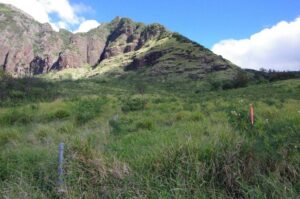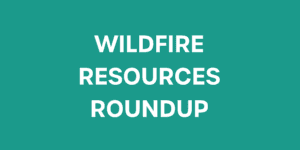Hawai’i NOTE ON DATA USE AND DISTRIBUTION: We actively encourage use of this data set for scientific purposes and planning by communities, natural resource managers, and emergency response agencies. Users are prohibited…
Summary results of 30 plants recommended by experts for planting in Hawai`i from sea level to 2,000 ft elevation (2023 survey results)
Species list of 30 plants recommended by experts for planting in Hawai`i from sea level to 2,000 ft elevation (2023 survey results)
Dr. Kim Burnett, Assistant Director of the University of Hawai`i Economic Research Organization presents some of her economic analysis of Hawaiian dry forest restoration as well as wildfire-related work in the aftermath of the August 2023 Maui fires.
Dr. Lisa Gollin is an applied anthropologist and social scientist who presented her findings from interviews she conducted as part of the project “Challenges to Rapid Wildfire Containment in Hawaii”.
Authors Clay Trauernicht et al provide the first regional analysis of contemporary wildfire drivers of Pacific Island fire regimes.








